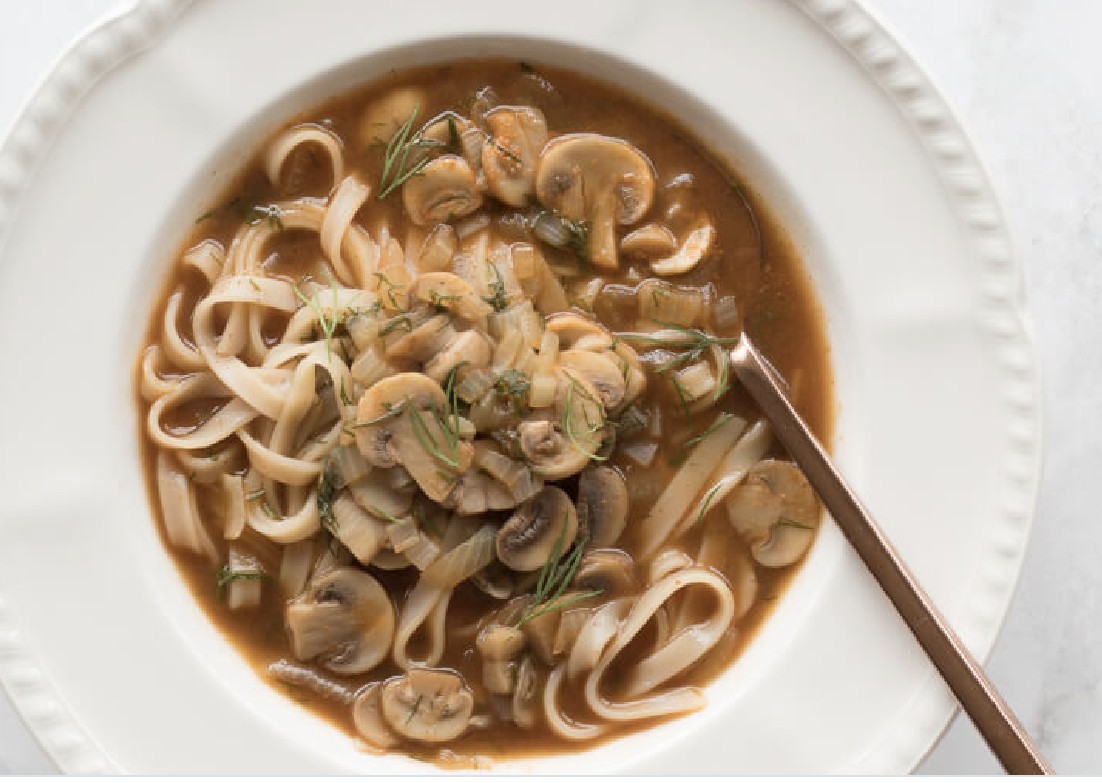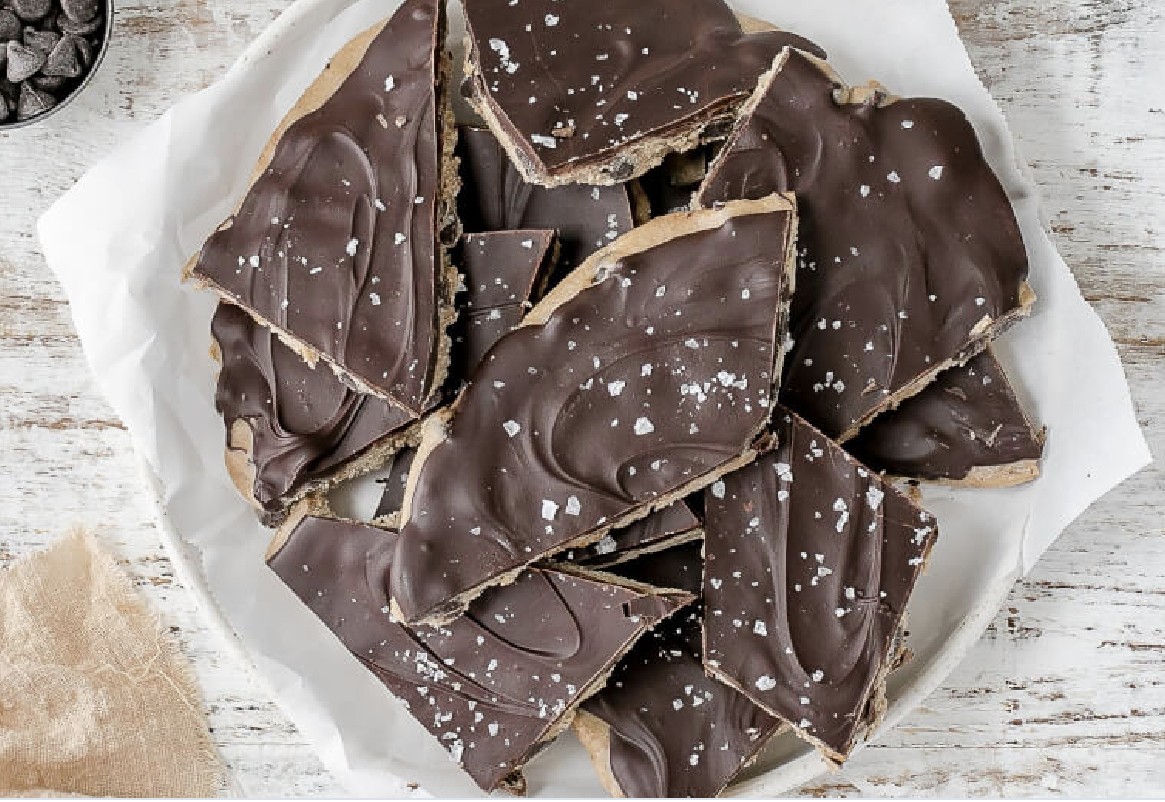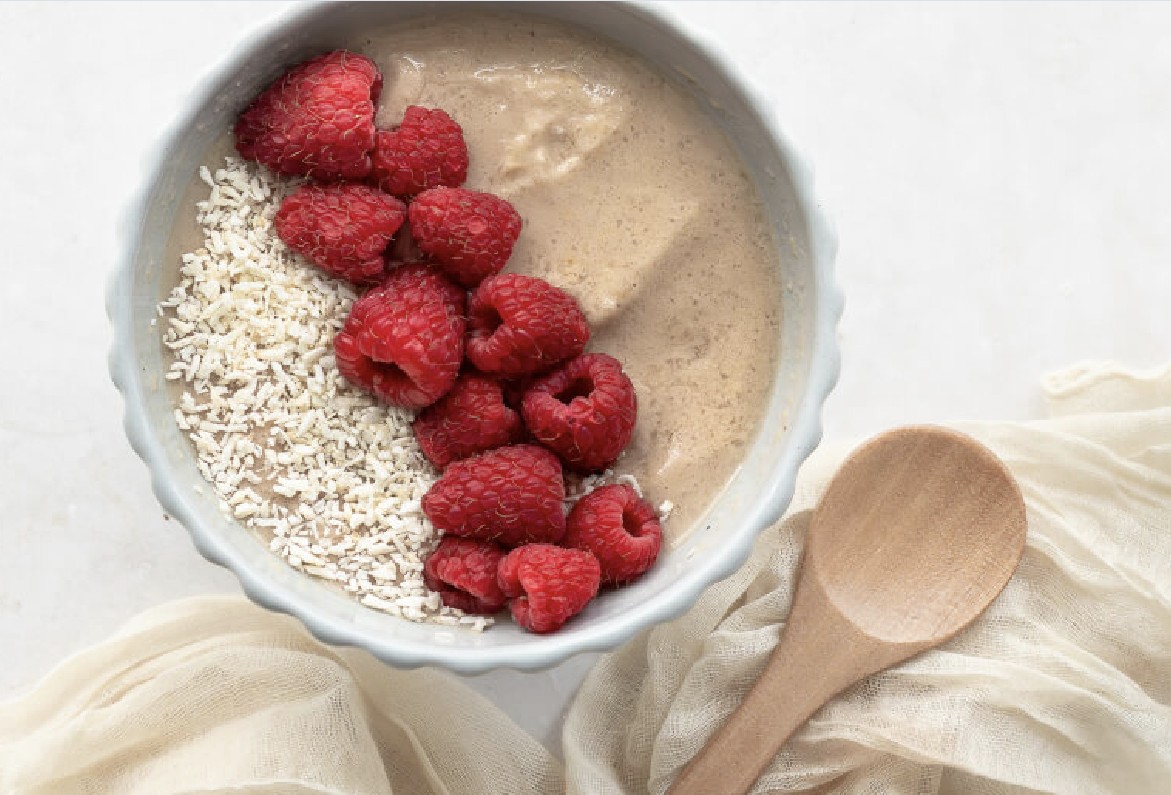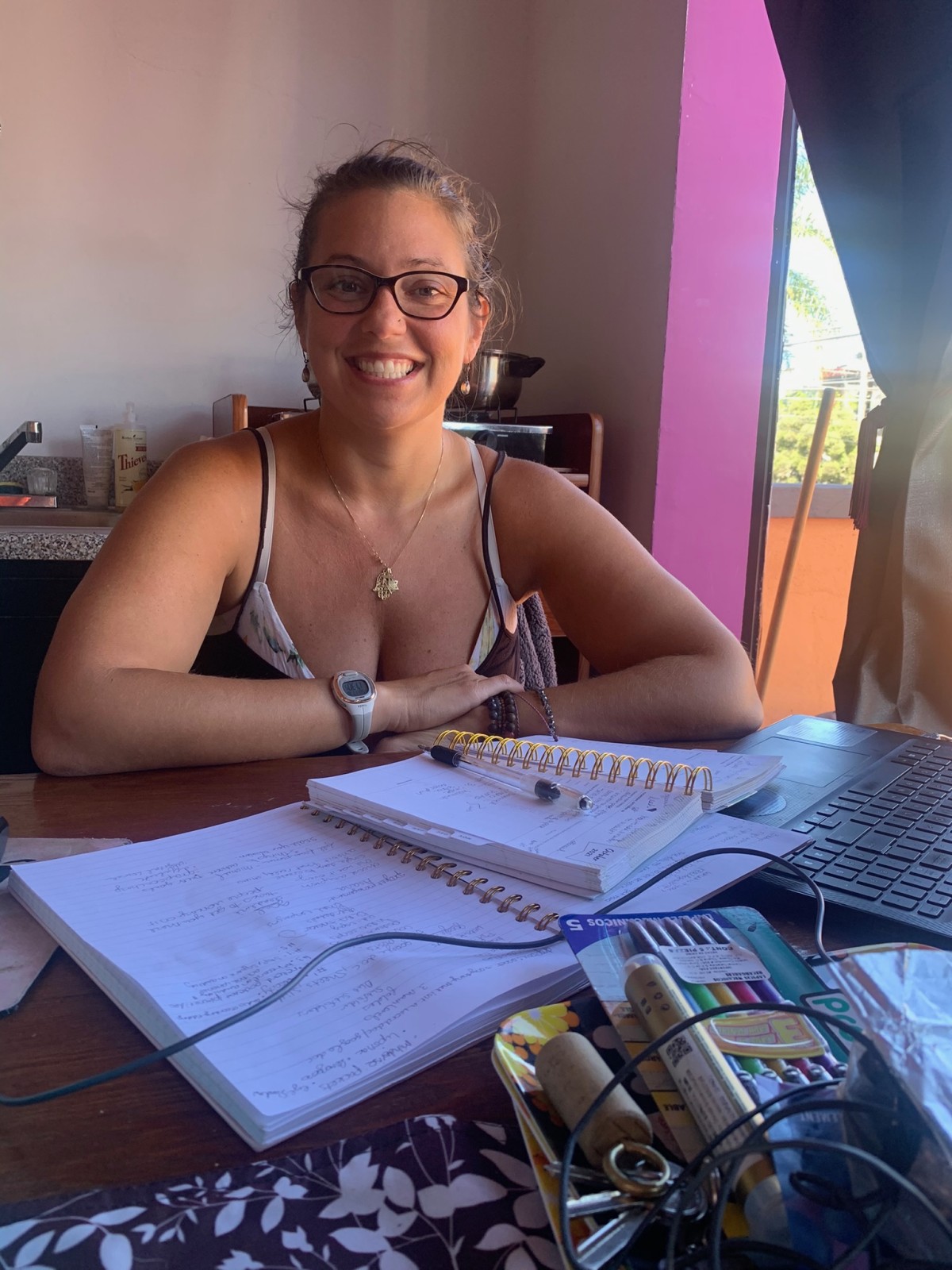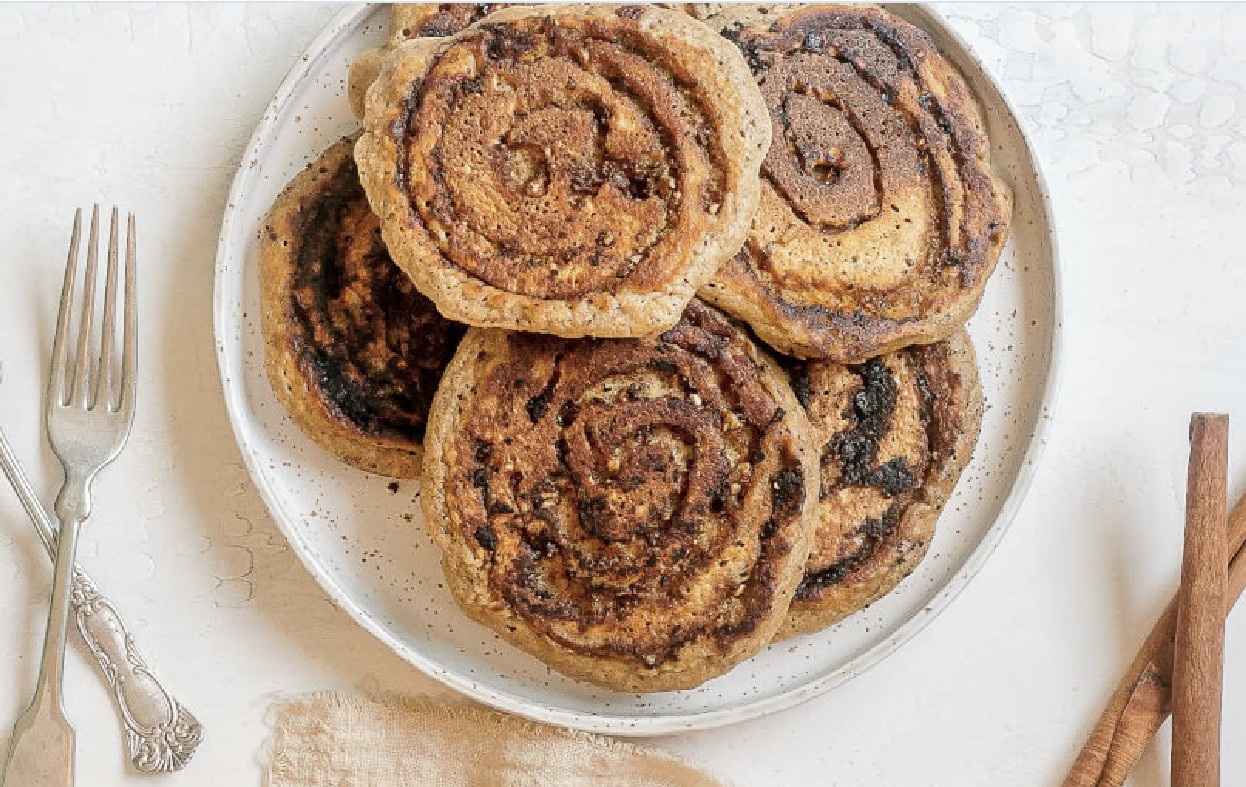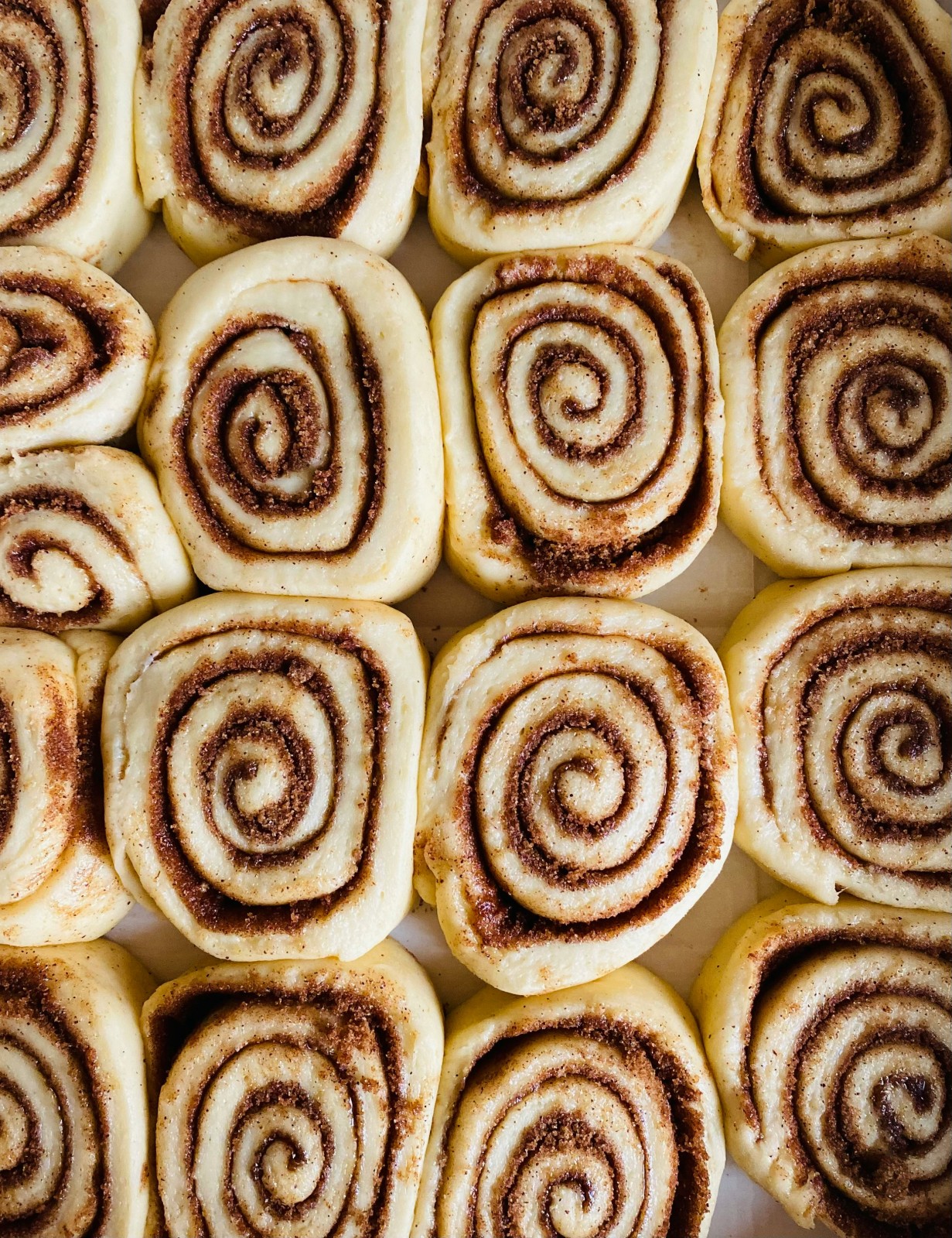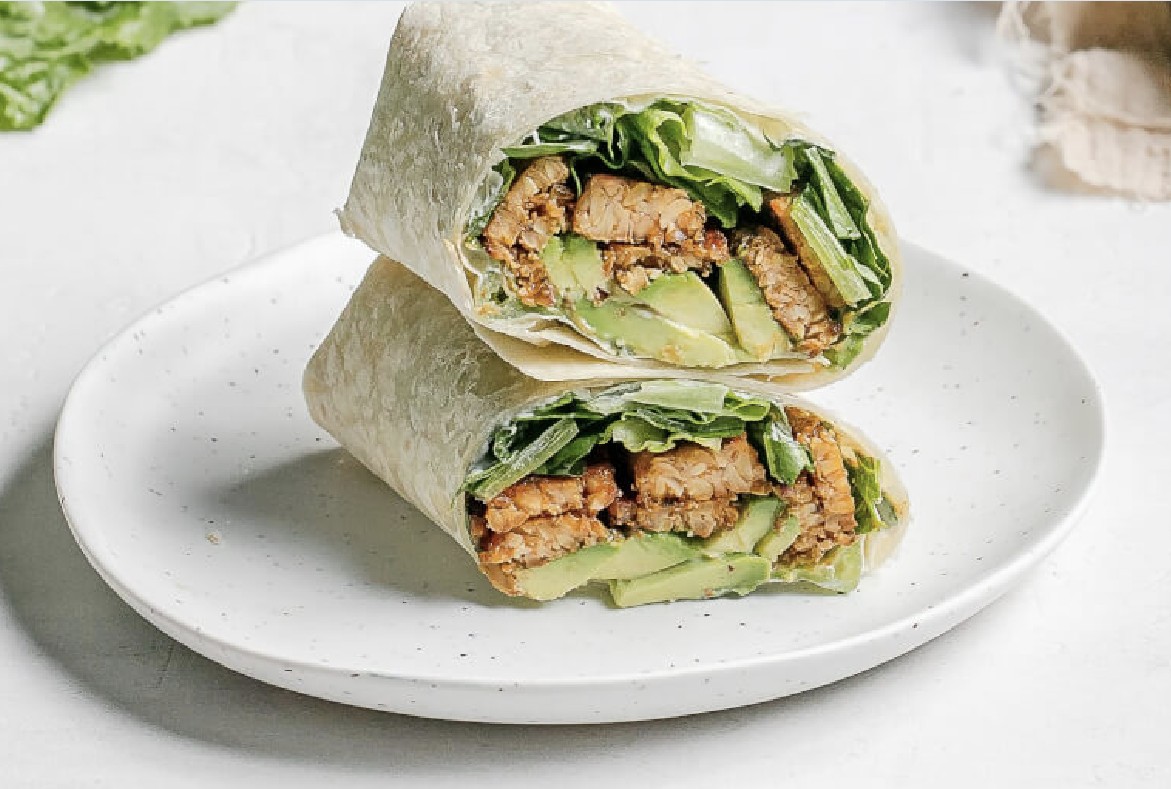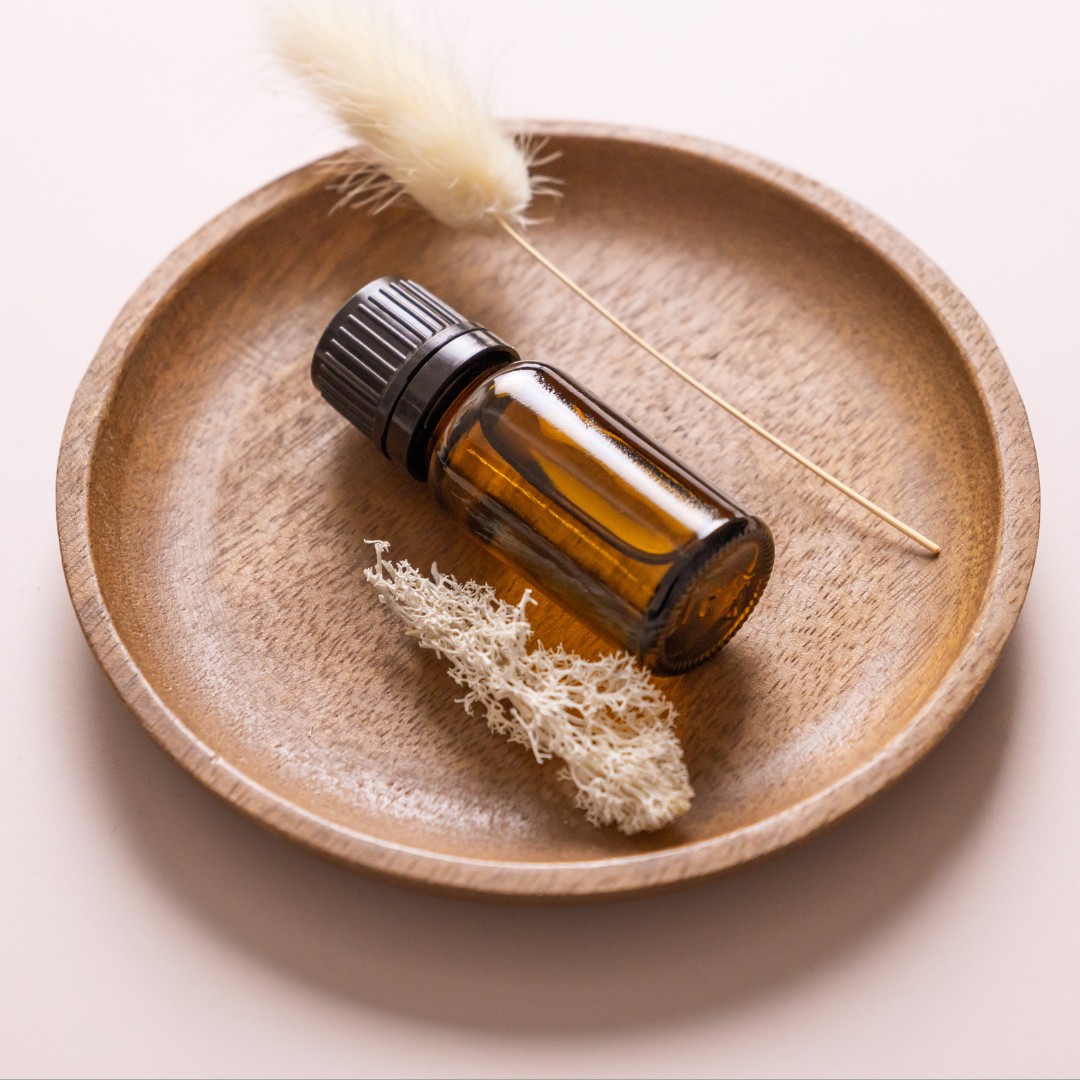
Your hormones don’t just live in your ovaries. They’re in constant conversation with your nervous system, gut, and brain—working around the clock to keep your body balanced. That’s why stress and sleep are two of the biggest players when it comes to hormone health. When your nervous system is calm and your sleep is restorative, your hormones can finally do their job.
One of the simplest ways to support this connection? Essential oils. 🌿
Oils That Support the Nervous System (and Your Hormones)
- Rosemary → Mental Clarity + Brain Fog
- If you’ve ever felt foggy, distracted, or like your brain just won’t “turn on,” rosemary oil might be your new favorite tool. Inhaling rosemary has been shown in studies to improve memory and cognitive function. Think of it as a gentle nudge to your brain when you need clarity.
- Bergamot → Stress + Mood Balance
- Stress is one of the fastest ways to throw your hormones off track. Elevated cortisol (your stress hormone) can disrupt sleep, digestion, and even your cycle. Bergamot essential oil is known for its mood-balancing properties, and research has found it can lower cortisol markers—helping your body move out of “fight or flight” and into calm.
- German Chamomile + Lavender → Restful Sleep
- Sleep is the foundation of hormone balance. Without enough deep, restorative rest, your body doesn’t have the time it needs to regulate hormones, repair cells, and recharge. German chamomile and lavender are a calming duo that can help quiet the nervous system and promote more restful sleep. Diffuse them at night or roll them on your wrists before bed to signal your body it’s time to wind down.
Hormone health isn’t just about your reproductive system—it’s about how your entire body feels and functions. When stress is managed and sleep is prioritized, your hormones have the environment they need to thrive. Essential oils aren’t a magic fix, but they can be a supportive, natural tool in helping your body find that balance.
Sometimes the smallest shifts—like diffusing oils while you work, inhaling rosemary before a big task, or winding down with lavender at night—can create a ripple effect in your energy, mood, and overall hormone health.
Your hormones are always talking to your body. Oils give you a way to support that conversation, so your system feels calm, clear, and capable of doing its job.
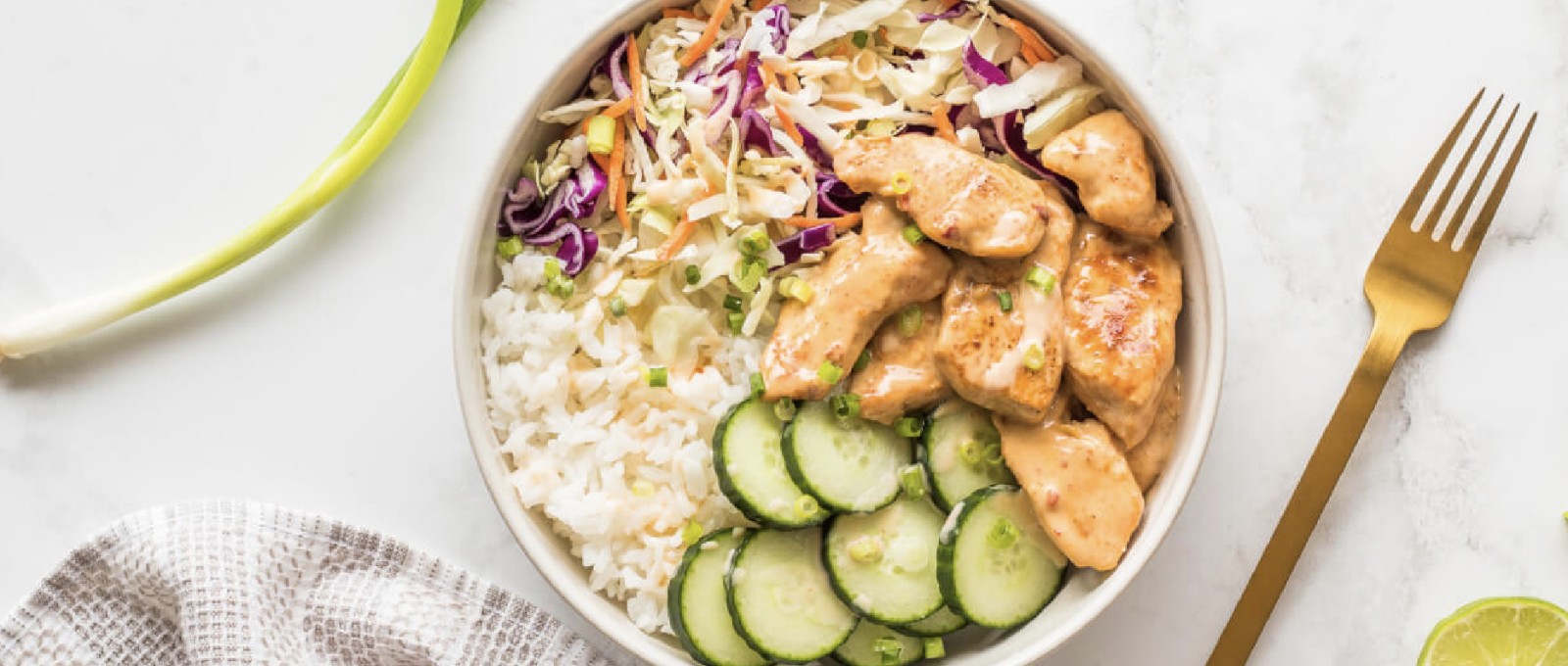
This recipe uses turkey breast, but feel free to swap in chicken or even a mild white fish.
Why I love it:
- Protein: Turkey keeps your muscles happy and your immune system in check.
- Veggies: Coleslaw mix + cucumber = a vitamin-packed crunch that your body will thank you for.
- Healthy fats: Avocado oil (and a bit from the turkey) give your heart some love and help keep you full.
Ingredients:
- 1/2 cup Jasmine Rice (dry)
- 1/2 tsp Garlic Powder
- 1/4 tsp Paprika
- Sea Salt & Black Pepper (to taste)
- 12 ozs Turkey Breast (chopped)
- 1 tbsp Avocado Oil
- 1 1/2 tbsps Mayonnaise
- 2 1/2 tbsps Sweet Chili Sauce
- 1 1/2 tsps Lime Juice
- 2 cups Coleslaw Mix
- 1/2 Cucumber (medium, sliced)
- 1 stalk Green Onion (sliced)
Instructions:
- Cook the rice according to the package directions.
- Meanwhile, in a bowl, mix the garlic powder, paprika, salt, and pepper. Add the turkey and toss to coat.
- Heat the oil in a pan over medium-high heat. Add the turkey and sauté for eight to 10 minutes until cooked through. Transfer to a plate.
- In a large bowl, mix the mayonnaise and the chili sauce together. Set aside 1/4 of the mixture. Add the cooked turkey to the bowl and toss until coated.
- Whisk the lime juice into the reserved sauce.
- Divide the rice, turkey, coleslaw mix, cucumber, and green onions evenly between bowls. Top with sauce and enjoy!
2 servings

When we hear the word “toxins,” most of us immediately think about pesticides in our food, chemicals in our cleaning products, or pollutants in the air we breathe. And while those are important to pay attention to, there’s one toxin that rarely gets the spotlight: stress.
The truth is, stress impacts your body just as much—if not more—than environmental toxins. And unlike cleaning up your pantry or swapping out your skincare, stress isn’t something you can simply avoid.
When your body is under chronic stress, it doesn’t just affect your mood. It throws off nearly every system in your body. Cortisol, your main stress hormone, can become dysregulated, leading to energy crashes, sleep issues, and imbalances in thyroid and sex hormones. Stress also weakens your gut lining, slows digestion, and makes you more sensitive to certain foods. It fuels inflammation, which makes aches, pains, and even skin flare-ups more common. And even if you’re eating clean, stress keeps your nervous system stuck in survival mode, draining the focus and energy you need to thrive.
This is why so many women say, “I’m doing all the right things but still don’t feel like myself.” If stress is the missing piece, no amount of kale or supplements will move the needle until your body feels safe again.
The good news is that life will always come with challenges, but the goal isn’t to eliminate stress entirely—it’s to give your body tools to move through it. Small shifts add up in a big way. Deep breathing, grounding outside, or even five minutes of stillness can help switch your body out of survival mode. Pairing protein, fiber, and healthy fats at meals balances blood sugar and prevents the energy rollercoaster that makes stress harder to handle. Magnesium-rich greens, omega-3 fats, and calming herbal teas are all nourishing foods that gently support your stress hormones. And beyond nutrition, rest matters too. Rest doesn’t just mean sleep—it also looks like downtime, joyful movement, and things that truly recharge you.
Stress is more than just a feeling—it’s a physical toxin your body has to process. By recognizing its impact and supporting your nervous system, you can stop feeling stuck in survival mode and finally start feeling like yourself again. Because wellness isn’t just about what you cut out—it’s about how you support your body through the stress you can’t avoid.

I’d wake up after 8 hours of sleep and still feel like I hadn’t slept at all.
I’d chug coffee, push through the morning, and then—like clockwork—hit that 3PM crash. I told myself I was just “lazy” or “not motivated enough.” But the truth? It wasn’t a lack of discipline. It was my body waving a giant red flag.
If you’ve ever Googled “why am I tired all the time,” hear me: it’s not just stress, and it’s definitely not your fault.
The Hormone Connection
Your hormones are like the body’s internal managers. When they’re balanced, energy feels steady, sleep feels restorative, and focus comes more naturally. But when they’re out of balance, exhaustion creeps in—no matter how much coffee you pour into your mug.
Cortisol (your stress hormone) and insulin (your blood sugar hormone) are two of the biggest players here. If they’re spiking and crashing all day, your energy will do the same. Pair that with low thyroid function, imbalanced sex hormones, or nutrient deficiencies, and you’ve got a recipe for constant fatigue.
Signs It’s Hormonal (Not Just Stress or Laziness)
- You sleep 7–9 hours but wake up groggy.
- You get “wired but tired” at night, unable to fall asleep even though you’re exhausted.
- You crave sugar or caffeine just to get through the day.
- You feel more like yourself at certain times of the month than others.
Sound familiar? These aren’t signs that you’re unmotivated. They’re clues that your body needs support.
What You Can Do About It
The good news is that your energy isn’t gone—it’s just buried under hormone chaos. A few simple steps can make a big difference:
- Balance blood sugar. Pair protein, fat, and fiber at meals to avoid energy spikes and crashes.
- Prioritize real rest. Create a bedtime routine that supports deep, restorative sleep.
- Support stress hormones. Gentle movement, breathwork, or even stepping outside for fresh air can help bring cortisol back in check.
- Track your cycle. Notice if fatigue flares at certain phases—your hormones might be trying to tell you something.
The Bottom Line
Feeling tired all the time isn’t a personality flaw. It’s your body asking for help. Once you understand the signals your hormones are sending, you can finally stop blaming yourself—and start making changes that restore your energy.
Because you don’t need more coffee. You need balance.
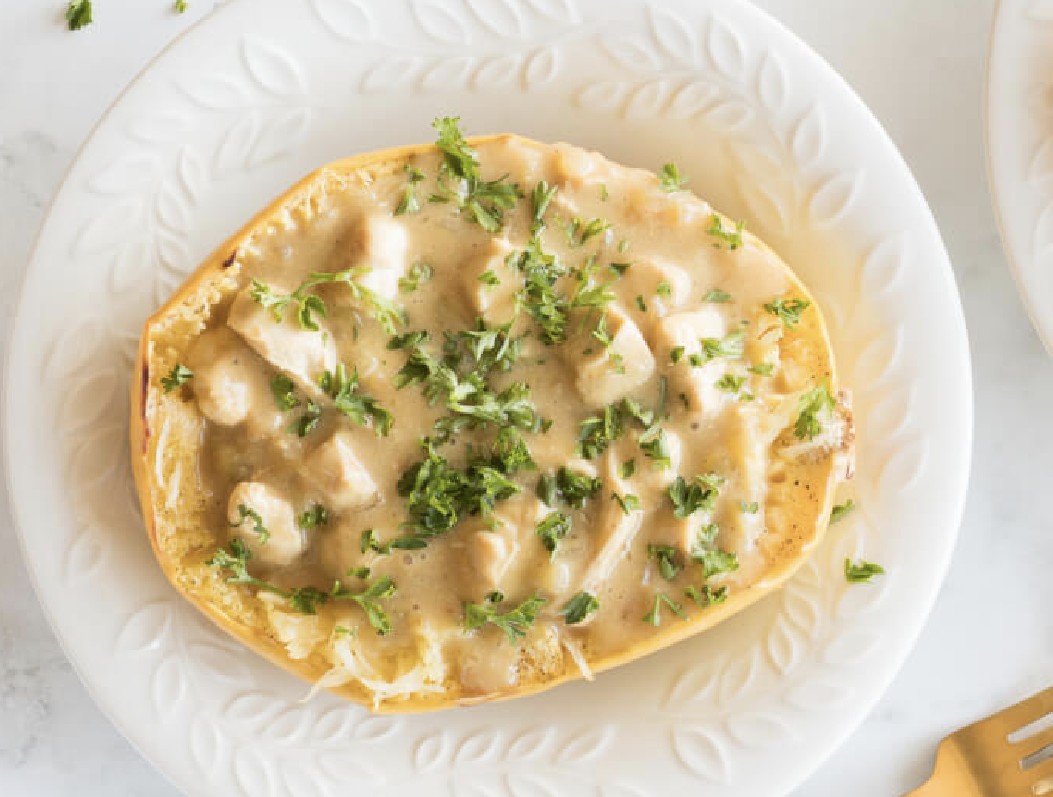
This recipe is a well-rounded, nutrient-dense meal that supports overall health by delivering a balance of protein, healthy fats, vitamins, and minerals. Lean chicken breast and nutritional yeast provide a strong source of protein for muscle repair, while extra virgin olive oil and healthy fats from chicken and almond milk promote heart health and support healthy cholesterol levels. Additionally, the fiber-rich spaghetti squash and other ingredients aid digestion, helping to maintain regularity and prevent digestive issues.
Ingredients:
- 1 Spaghetti Squash (small, halved lengthwise, seeds removed)
- 2 tbsps Extra Virgin Olive Oil (divided)
- Sea Salt & Black Pepper (to taste)
- 8 ozs Chicken Breast (boneless, skinless, cubed)
- 1/4 Yellow Onion (medium, finely chopped)
- 1 Garlic (clove, minced)
- 1 1/2 tbsps Arrowroot Powder
- 1 1/3 cups Unsweetened Almond Milk
- 2 tbsps Nutritional Yeast
- 2 tbsps Parsley (chopped)
Instructions:
- Preheat the oven to 425°F (220°C) and line a baking sheet with parchment paper.
- Place the halved squash cut-side up on the baking sheet. Brush with half of the oil and season with salt and pepper. Cook in the oven for 40 to 45 minutes, or until the flesh is tender and the strands can be easily pulled with a fork.
- Meanwhile, season the chicken with salt and pepper. Heat the remaining oil in a pan over medium heat. Add the chicken and cook for four to six minutes, until cooked through. Remove the chicken and set it aside.
- In the same pan, add the onion and garlic and sauté over low heat for three to four minutes, until softened. Add the arrowroot and stir to combine. Add the almond milk, bring to a gentle simmer, stirring constantly until the sauce begins to thicken.
- Add the nutritional yeast and the cooked chicken, then stir to coat and cook until everything is warmed through. Season with salt and pepper.
- Use a fork to scrape the squash into strands. Top with the creamy chicken sauce. Alternatively, add the strands of spaghetti squash to a large bowl and toss with the creamy chicken sauce. Garnish with chopped parsley and enjoy!
2 servings

